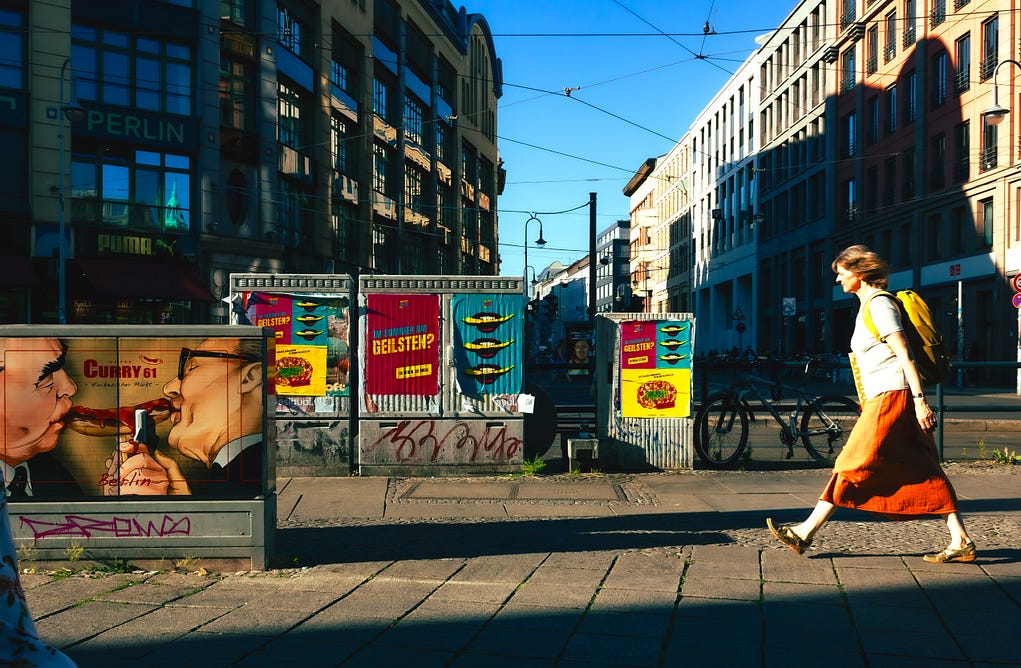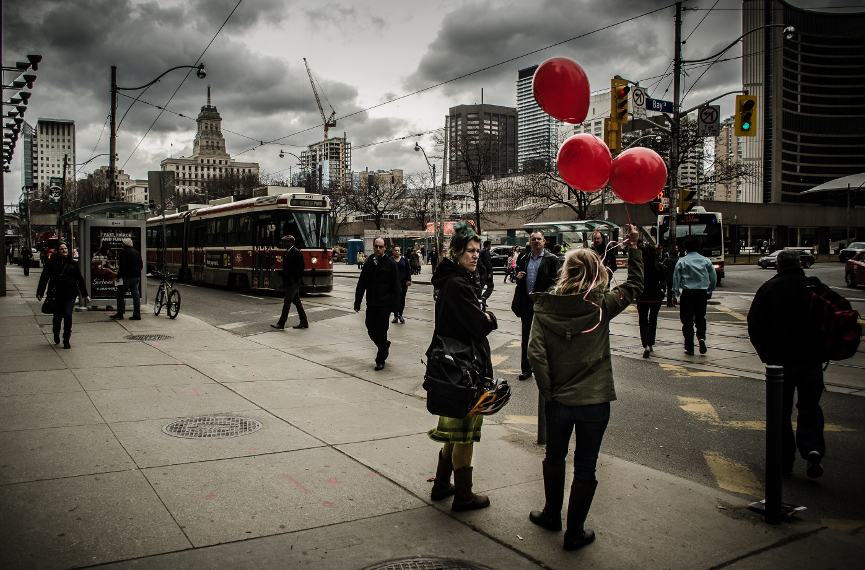Street Photographers - Truths
Table of ContentsSome Ideas on Street Photographers You Need To KnowGetting The Street Photographers To WorkThe Only Guide to Street PhotographersSome Of Street PhotographersSome Known Facts About Street Photographers.
Street professional photographers do not necessarily have a social function in mind, however they prefer to isolate and catch minutes which may otherwise go undetected.He was affected by many of those who influenced the street digital photographers of the 1950s and '60s, he was not primarily interested in catching the spirit of the road. The impulse to visually record individuals in public started with 19th-century painters such as Edgar Degas, douard Manet, and Henri de Toulouse-Lautrec, who worked side by side with photographers attempting to record the essence of urban life.
While the digital photographers' subject was basically the very same, the results were markedly different, demonstrating the impact of the digital photographer's intent on the personality of the pictures he produced.
All about Street Photographers
Given the great top quality of his photographs and the breadth of material, engineers and musicians commonly bought Atget's prints to utilize as referral for their own work, though commercial rate of interests were rarely his major inspiration. Rather, he was driven to photograph every last residue of the Paris he loved. The mingled enthusiasm and seriousness of his objective luster through, causing photographs that narrate his own experience of the city, high qualities that prepared for road digital photography of the 20th century.

Unlike his peers, Brassa used a larger-format Voigtlnder electronic camera with a much longer direct exposure time, forcing him to be a lot more computed and thoughtful in his method than he might have been if utilizing a Leica.

Street Photographers Fundamentals Explained
It is due to the fact that of this fundamental understanding of the art of picture taking that he is typically attributed with rediscovering the medium around once more approximately a century considering that its creation. He took photographs for greater than a half century and influenced generations of professional photographers to trust their eye and instinct in the minute.
These are the questions I find will attempt to respond to: And then I'll leave you with my own meaning of street digital photography. Yes, we do. Allow's start with specifying what an interpretation is: According to it is: "The act of defining, or of making something guaranteed, distinct, or clear".
No, definitely not. The term is both restricting and misguiding. Appears like a street digital photography must be images of a roads best?! And all street photographers, other than for a little number of outright novices, will fully appreciate that a street is not the see this page key element to road digital photography, and really if it's an image of a road with possibly a few dull individuals not doing anything of passion, that's not street photography that's a snapshot of a road.
The Street Photographers Diaries
He makes a legitimate point don't you think? Nevertheless, while I agree with him I'm uncertain "candid public digital photography" will catch on (although I do sort of like the term "candid digital photography") due to the fact that "street photography" has actually been around for a very long time, with many masters' names affixed to it, so I believe the term is here to remain.
Inside?! I hear you yell as you tremble your hand to the skies. Why not? You can fire at the coastline, at a festival, in an alley, in a park, in a piazza, in a coffee shop, at a museum or art gallery, in a city terminal, at an event, on a bridge, under a bridge ...
Yes, I hesitate we have no option! Without guidelines we can not have an interpretation, and without a definition we do not have a genre, and without a style we don't have anything to define what we do, and so we are stuck in a "guidelines meaning style" loop! And no-one intends to obtain stuck in a loophole. - Street Photographers
